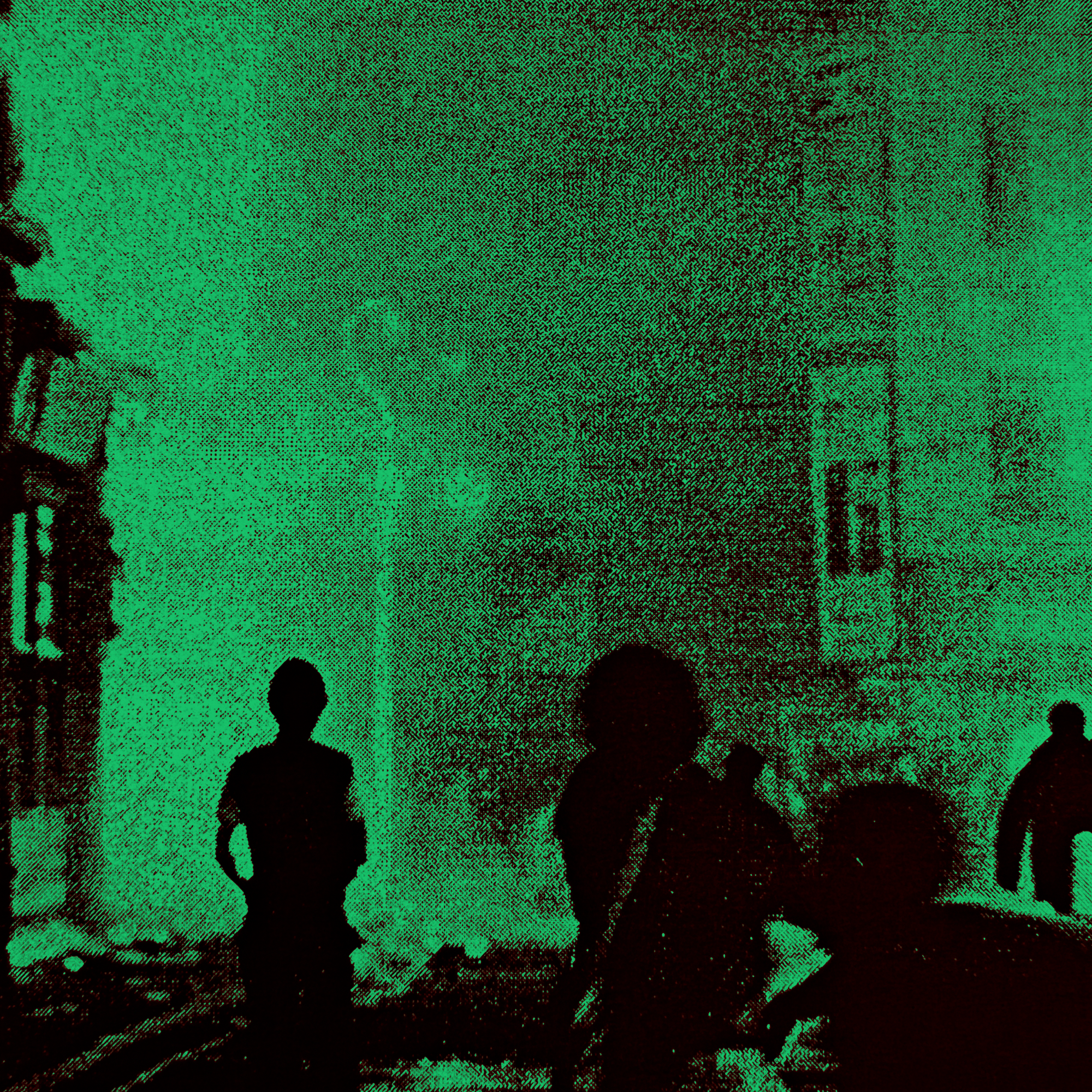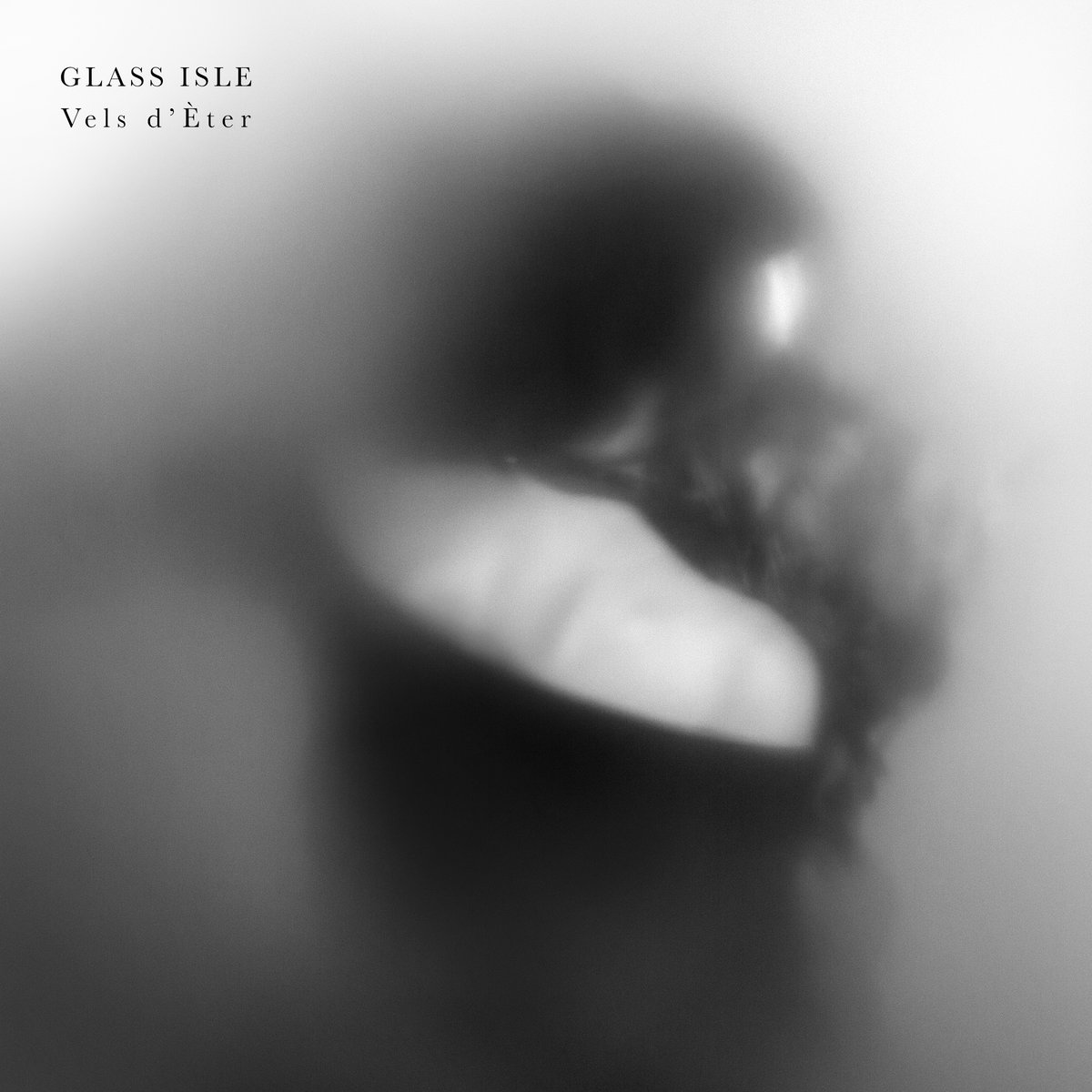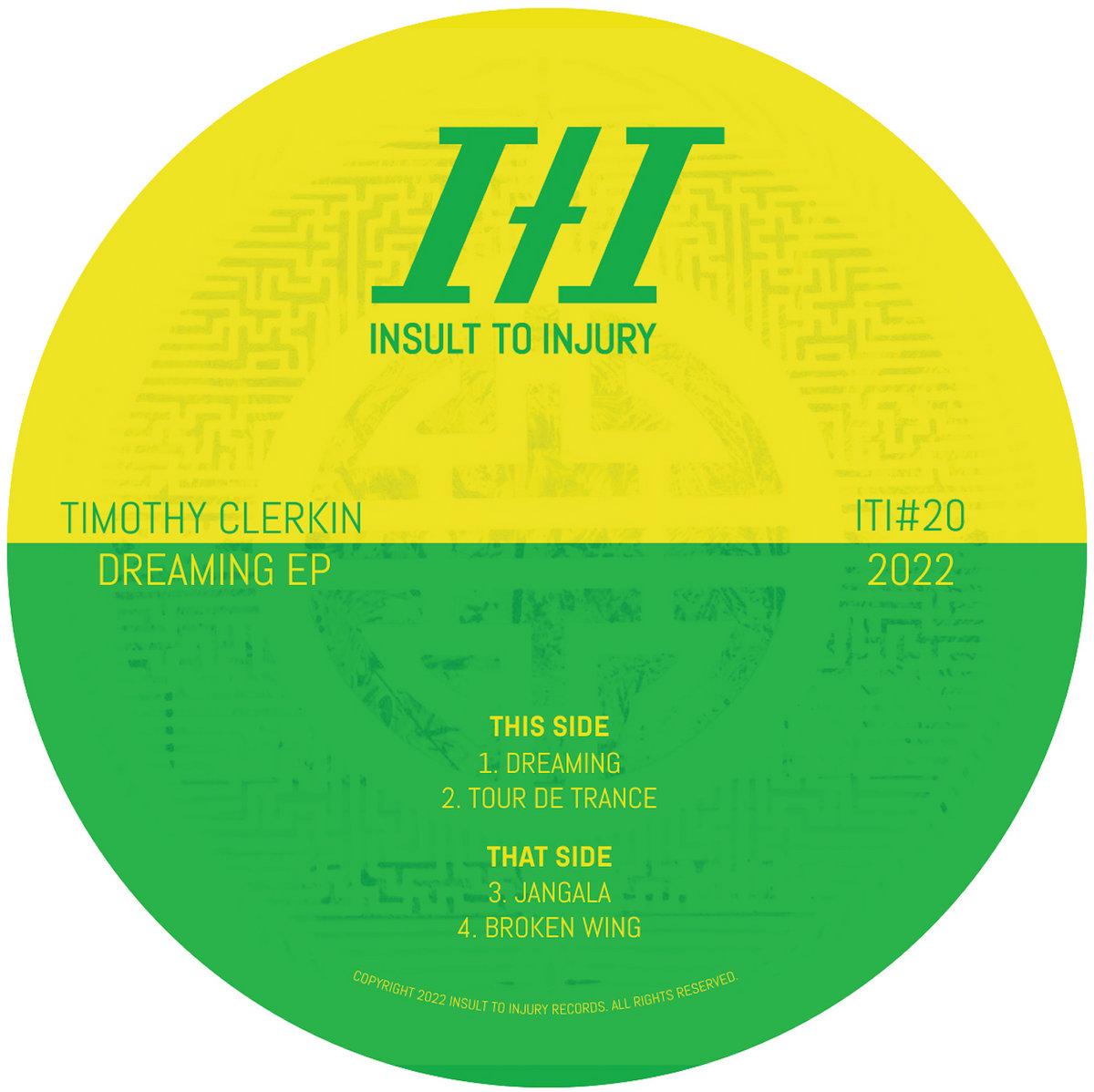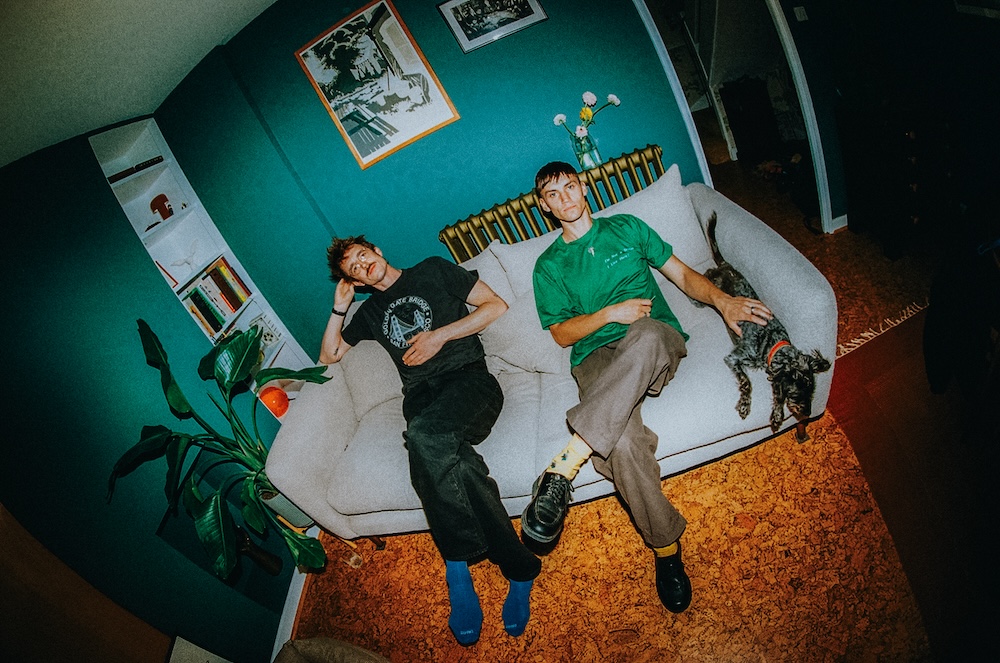Gone To A Rave: The Genius Of Bleep Techno

Since first squiggling into existence in the early 90s, the British bleep techno scene has occupied a unique spot. Its combination of bass, breakbeats, sci-fi samples and synthetic blips existed in a brief flash of futurism that laid the foundations for most British dance music that followed- yet whilst bleep's influence has been widely acknowledged, the sound itself has resisted the ubiquitous plundering that it's obvious children, classic hardcore, house, jungle, techno and grime, have suffered. There’s a positive upside to this; rattling rave breaks, carved up amens, eski clicks and Korg M1 basslines have been so thoroughly rinsed that the originals themselves run the danger of sounding tired (a similar thing happened to the funk/soul breaks scene in the late 90s courtesy of endless DJ re-edits) – meanwhile those handful of 90s bleep bangers, free from carrying the weight of endless cack-handed plug-in enabled imitations, still sound fresh.
That’s not to say there aren’t still people knocking out bleep techno – I’m not sure DMX Crew or i-F ever stopped- more that the amount of people working with the sound hasn’t reached the point where chancers are wringing the genre dry and delivering ever diminishing returns (see: the depressing cut n paste state ragga jungle has got into). What there is, however, is a number of tiny labels waiting to be explored in the golden period of 87 – 92. Better still, some of their releases (only some mind!) still go for under a fiver in the shark infested waters of Discogs. Here's some personal favourites to get you looking –
Infamix – Hypnotic FX // A Walk in the Park – (Industrial Music)
Industrial Music came under the Music of Life publishing banner, a publisher set up by UK breakbeat legend Simon Harris (who is still most memorable in my stupid mind for providing the world with Bass (How Low Can You Go), a breakbeat chart hit made classic by the simple fact that any tune built around a young Chuck D’s vocals sounds like an amazing party at the end of the world). As a publisher, Harris did so much for British music, supporting the early careers of almost every rapper you care to mention, and providing producers with album after album of breakbeat samples, greatly narrowing the gap between hip hop and house in the early days of UK dance music. Industrial Music was an exercise in supporting the short lived bleep explosion – I’d say that even the name is a knowing nod to the scene’s unofficial home amongst the factory dotted landscape of Sheffield. Over the five records Industrial released, there was one corker from a young, pre-Rhythm Section Rennie Pilgrim working under the name of Bass Culture, a couple from an act called The Predator, that, while not essential, have still dated reasonably well, and two absolute classics from Infamix. Infamix was the early project of Londoners Michael Golding and Steve Rutter, who later found critical acclaim (if not exactly fame) as the excellent British techno duo and record label B12. B12 deserves a column in their own right (hold tight for that one), but this early excursion as Infamix shows the duo at their primordial best. On the peerless Hypnotic FX, naïve bleep melodies clash with strings that are just a couple of cents off key. The effect is almost impossible to knowingly recreate; it’s off kilter innocence revealing worlds of heart tugging emotion hidden in cold machine music.
On their second Industrial 12”, I’m staggered that the flip side A Walk in the Park isn’t a better known record. Clearly influenced by Ron Trent’s Altered States, the track has a voice imploring for ‘that sunshine’, and there is a curious optimism to the minor key pads. By rights, the elements of deep moody bass, one fingered synth lines and sad string passages should make for a melancholic ride through the night; instead this is a moment of sun up epiphany, warm, fuzzy and beautiful.
Carol Crosby – Let’s Get Funky (Ard Mix) – (Safe Records)
The one and only release I can find on Safe Records comes from Carol Crosby, a singer associated with breakbeat pioneers Marc Mac & Dego – best known as 4Hero – with Crosby later singing on their classic Parallel Universe album, as well as Dego’s solo album under his liquid junglist guise of Tek 9. Knowing this, it seems fairly safe to assume Dego & Mac had something to do with the incredible Ard Mix on the Let’s Get Funky (as ever, let me know if I’m wrong!), because it has such sonic similarities to their bleep/rave defining classic Mr Kirks Nightmare.
Whilst production supposedly comes from Antonio Raggafunk, who had knocked out a couple of dub/ techno jams (and ended up making some slightly strange, almost 2step like piano hardcore a few years later), Let’s Get Funky is incredibly close to the Kirk prototype – a weirder, more minimal attempt at the better known track where the disorientated bell loop that opens Kirk is pushed to become the centre piece of the entire song. The loop is spiked with seasick strings and sparse chipset bleep stabs before, after over a minute of kick drum-less intro – the breakbeats kick in. It’s such an unusual piece of music; determinedly alien, thrillingly futuristic. It’s skewed, militant jazz has more in common with the stripped discord of grime than any of the soulful breaks 4Hero pursued a decade or so later.
LFO – Brainstorm / L. Cutmore – Subsonic
Les Cutmore was part of the LFO that don’t get remembered. Whilst Mark Bell’s version of LFO, first heard in 1990, are commonly acknowledged as the kings of bleep, there was another LFO that first sprung up two years beforehand. This original LFO was made up of Les Cutmore and Brit electro pioneer Paul Hardcastle – they’re first track was a proto-bleep number called Brainstorm for the relatively hit-and-miss The Acid Mixes Volume #1 comp. When Hardcastle and Cutmore resurrected the LFO moniker in 1990 – quick soon after Bell’s LFO had had success with their take on the bleeps n bass combo – they ramped up the bass and breaks in a re-imagining of Brainstorm that gave the track far more dancefloor potential than it’s weaker ’88 iteration.
Warp Records were not amused, calling Hardcastle’s LFO ‘imitators’. This was, in retrospect, something of a pisstake; not only had Hardcastle come up with the name first; he’s Paul flippin Hardcastle. He’d been making weirdo British synth music for the best part of a decade, and had undoubtedly earned his right to claiming the name and the sound. Anyway, as LFO, Hardcastle and Cutmore released a couple of tracks on Hardcastle’s own Fast Forward imprint, a label that couldn’t settle on whether it was releasing minimal bleep, sweet vocalled swingbeat or Hardcastle’s fussy lift jazz workouts. Looking back, the bleep stuff stands out head and shoulders, with Les Cutmore’s solitary solo jam Subsonic proving a high point. The track takes on the ascending arps made famous by Kraftwerk and layers them over deadly deep subs, space wind synths and machine gun snare hits. It’s brooding, brutal stuff, and long in need of a repress….





















